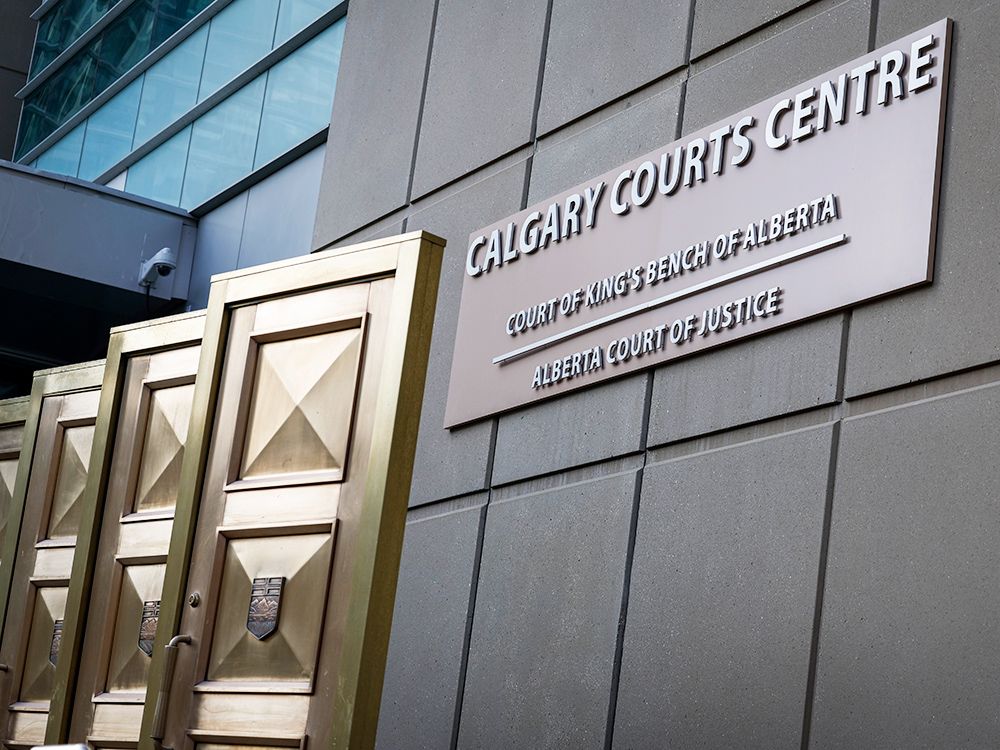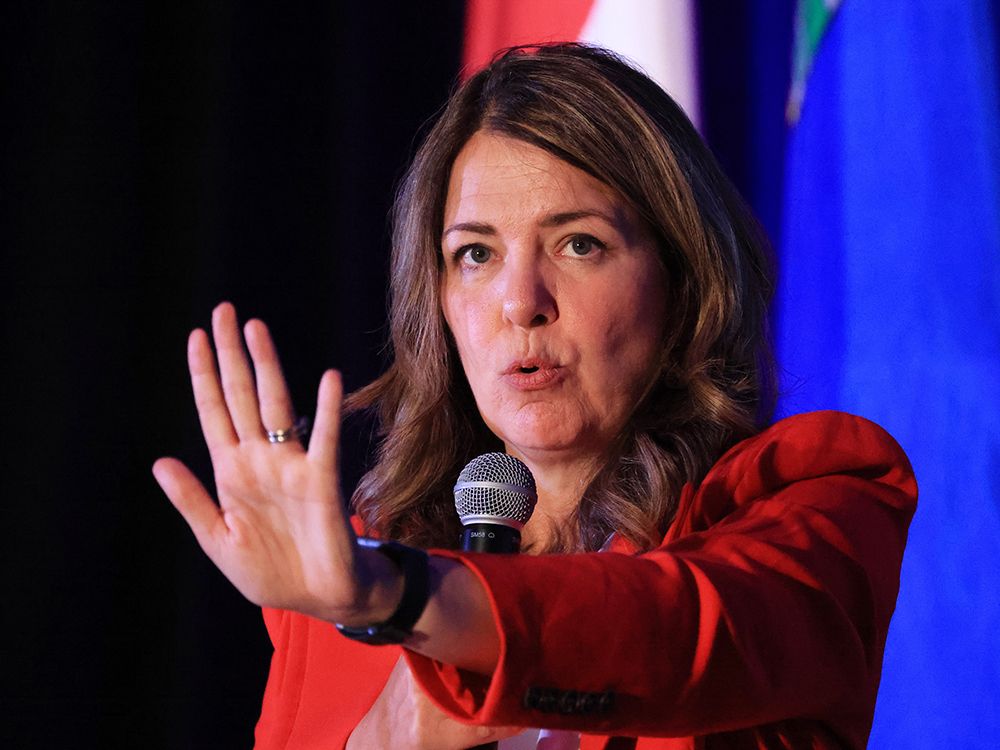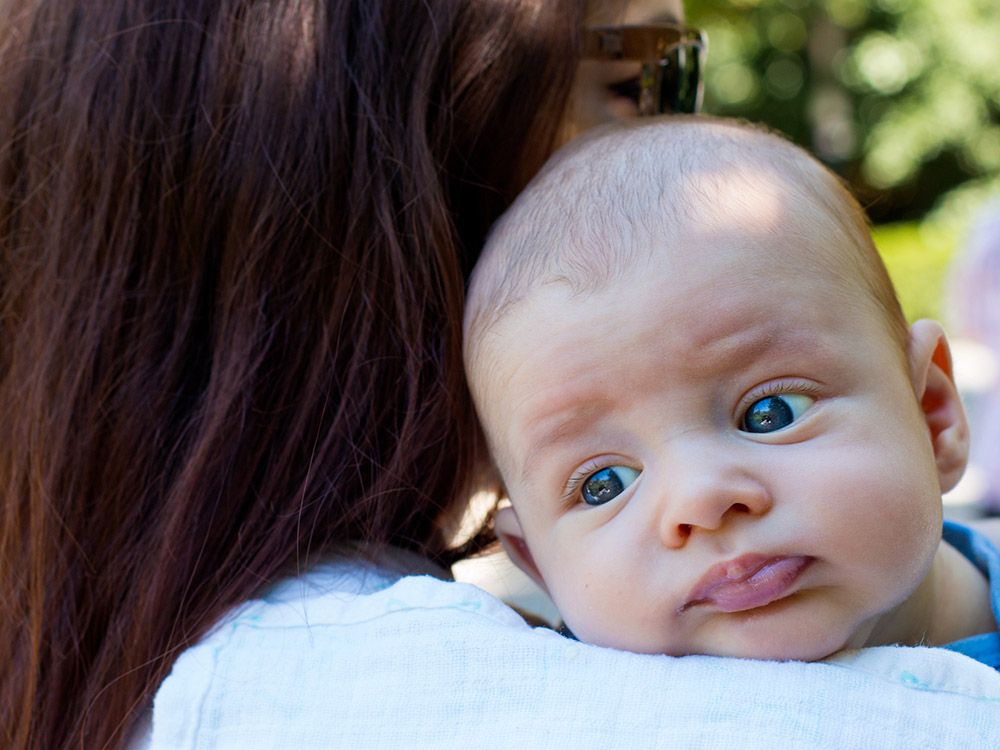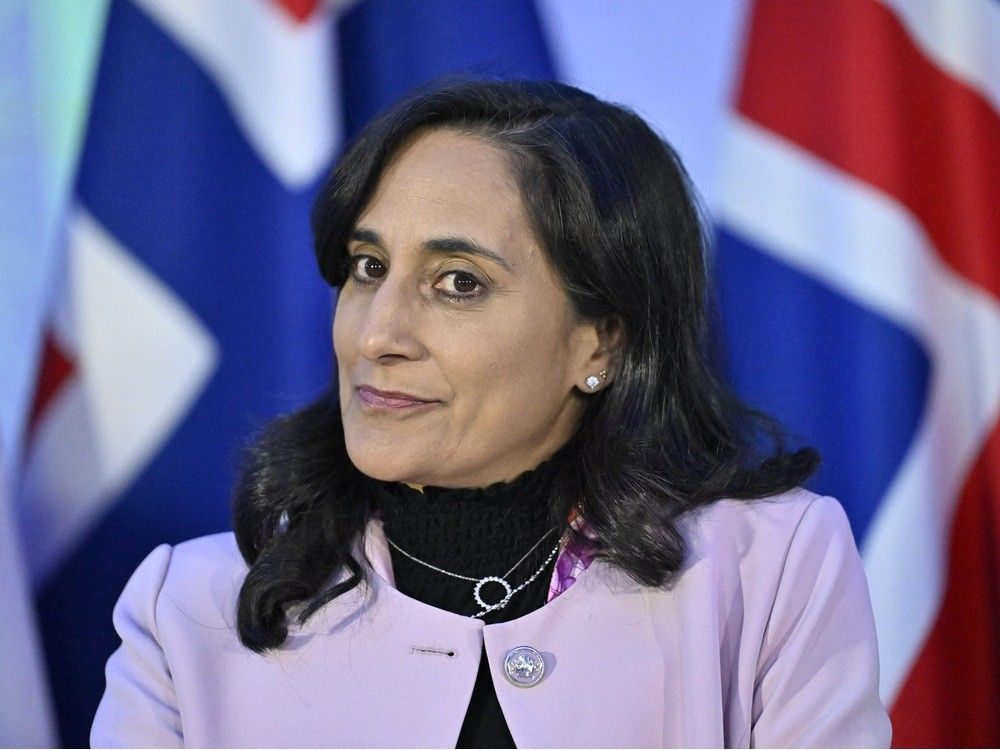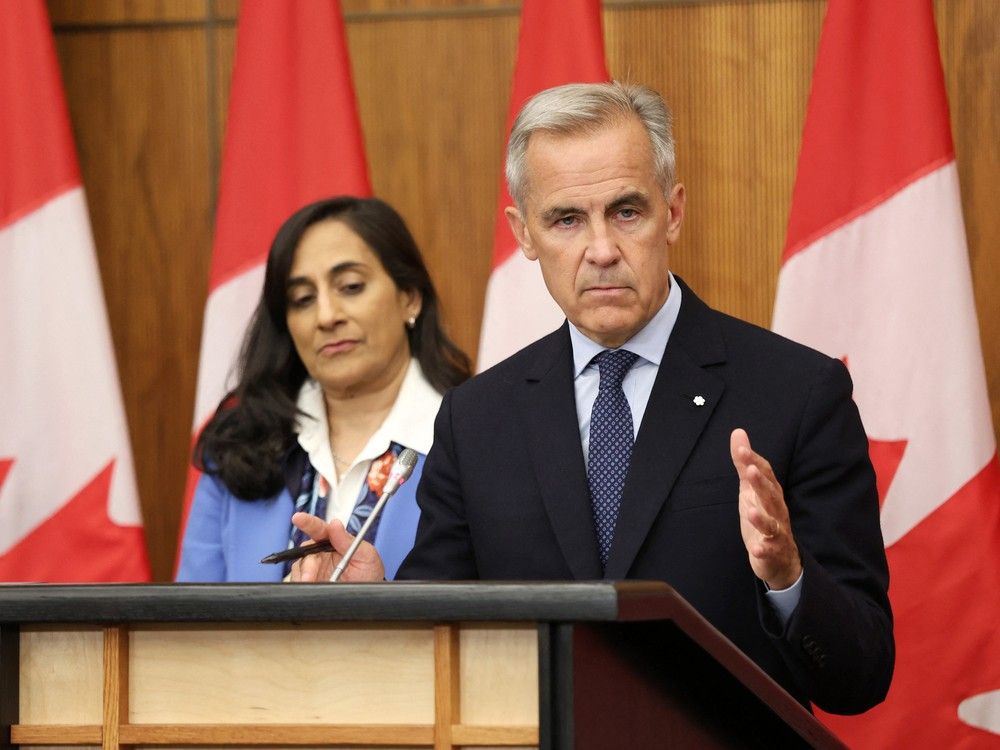
OTTAWA — Prime Minister Mark Carney announced Canada’s formal recognition of a Palestinian state on Sunday, just ahead of his arrival in New York for the United Nations General Assembly.
Carney said in a statement that the Netanyahu government’s expansionist policies forced him to reverse Canada’s longstanding policy of waiting for a two-state solution to be achieved via a negotiated settlement.
“The current Israeli government is working methodically to prevent the prospect of a Palestinian state from ever being established … It is in this context that Canada recognises the State of Palestine and offers our partnership in building the promise of a peaceful future for both the State of Palestine and the State of Israel,” wrote Carney.
Carney said Canada would be a partner in a “coordinated international effort to preserve the possibility of a two-state solution.”
Today, Canada recognises the State of Palestine. pic.twitter.com/zhumVJRBfe
— Mark Carney (@MarkJCarney) September 21, 2025
He added that the Palestinian Authority has made “direct commitments” to Canada and other international partners to hold general elections next year, where Hamas will be barred from running candidates.
These would be the first elections in the Palestinian territories since 2006. Polls show that Hamas is still by far the
in both Gaza and the West Bank.
The prime minister reiterated his call that Hamas lay down its arms and release the remaining hostages abducted from Israel on Oct. 7, 2023.
The United Kingdom and Australia also formally recognized a Palestinian state on Sunday.
The Opposition Conservatives
that Carney’s big foreign policy announcement was a reckless attempt at misdirection from his failures at home.
“Prime Minister Mark Carney is recognizing the Hamas state in another effort to distract from his record of rampant crime, costs, debt, immigration and job-loss,” read the statement.
Carney’s statement also drew immediate backlash from family members of the eight Canadian citizens killed by Hamas terrorists in the Oct. 7 attacks.
“Over 700 days ago our loved ones were slaughtered by Hamas, an organization which still controls Gaza, still holds hostages, and still calls for the destruction of Israel. To reward this climate of terror with recognition is not just reckless; it is a betrayal, and jeopardizes the lives of hostages still being held in the tunnels of Gaza,” wrote the families in a joint statement.
The announcement was also panned by the Centre for Israel and Jewish Affairs.
“This move emboldens Hamas, undermines peace efforts, prolongs the suffering of Palestinians under Hamas rule, and fuels global incitement against the Jewish people,” wrote Noah Shack, CEO of CIJA, in
.
Former Conservative leader Erin O’Toole called the statement a serious error that “stems from (Carney) following other leaders rather than being one himself.”
Ex-Liberal justice minister Irwin Cotler said in a
on Saturday that recognizing a Palestinian state would
reward Hamas’s butchery and flout international law
.
“Hamas is emboldened to continue holding hostages and obstructing a ceasefire, and the PA has no incentive to take concrete steps towards peace when Western leaders recognize Palestinian statehood without Israel receiving peace in return,” wrote Cotler and co-author Orde Kittrie.
The statement was welcomed by Palestinian Authority President Mahmoud Abbas.
“President Abbas praised Canada’s recognition of the independent State of Palestine, stressing that it constitutes an important and necessary step on the path to achieving a just and lasting peace in accordance with international legitimacy resolutions,” read a statement
.
Carney
that he planned to recognize a Palestinian state, contingent on assurances of democratic reforms, following the lead of France and the United Kingdom.
Canada
of the UN General Assembly earlier this month to endorse the creation of a Palestinian state.
The prime minister will be in New York until Wednesday as he takes part in the annual summit the UN General Assembly.
Carney will not be meeting with U.S. President Donald Trump while the two are in New York this week and has not spoken to Israeli Prime Minister Benjamin Netanyahu since he took office in March, according to government officials who held a background briefing for reporters about the trip.
National Post
rmohamed@postmedia.com
Our website is the place for the latest breaking news, exclusive scoops, longreads and provocative commentary. Please bookmark nationalpost.com and sign up for our daily newsletter, Posted, here.







